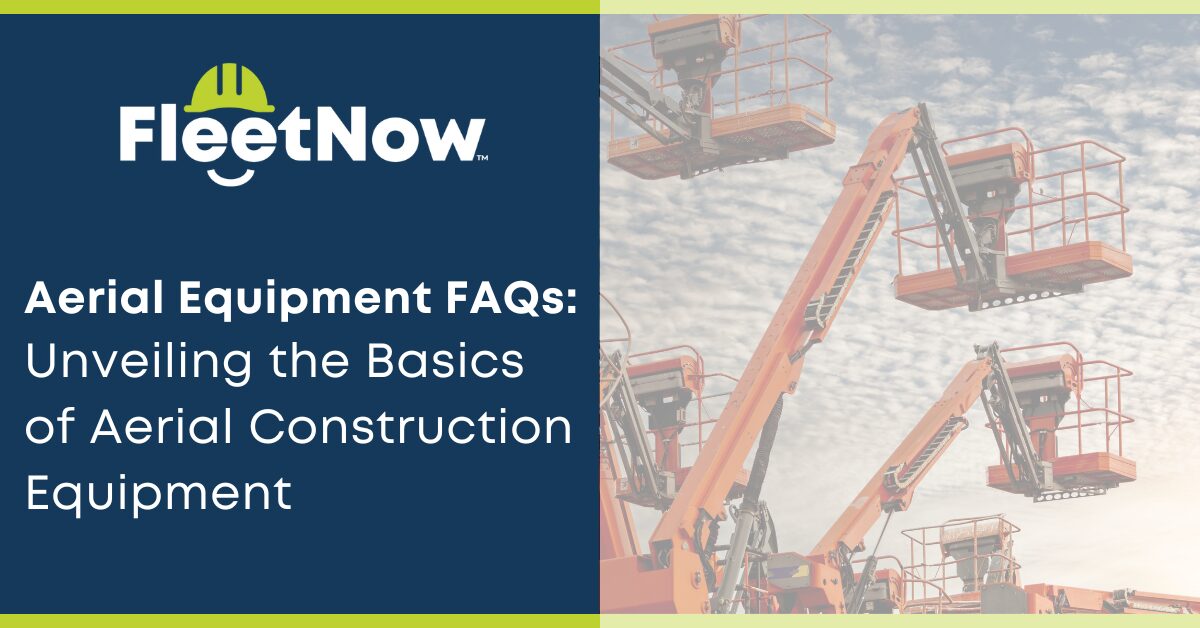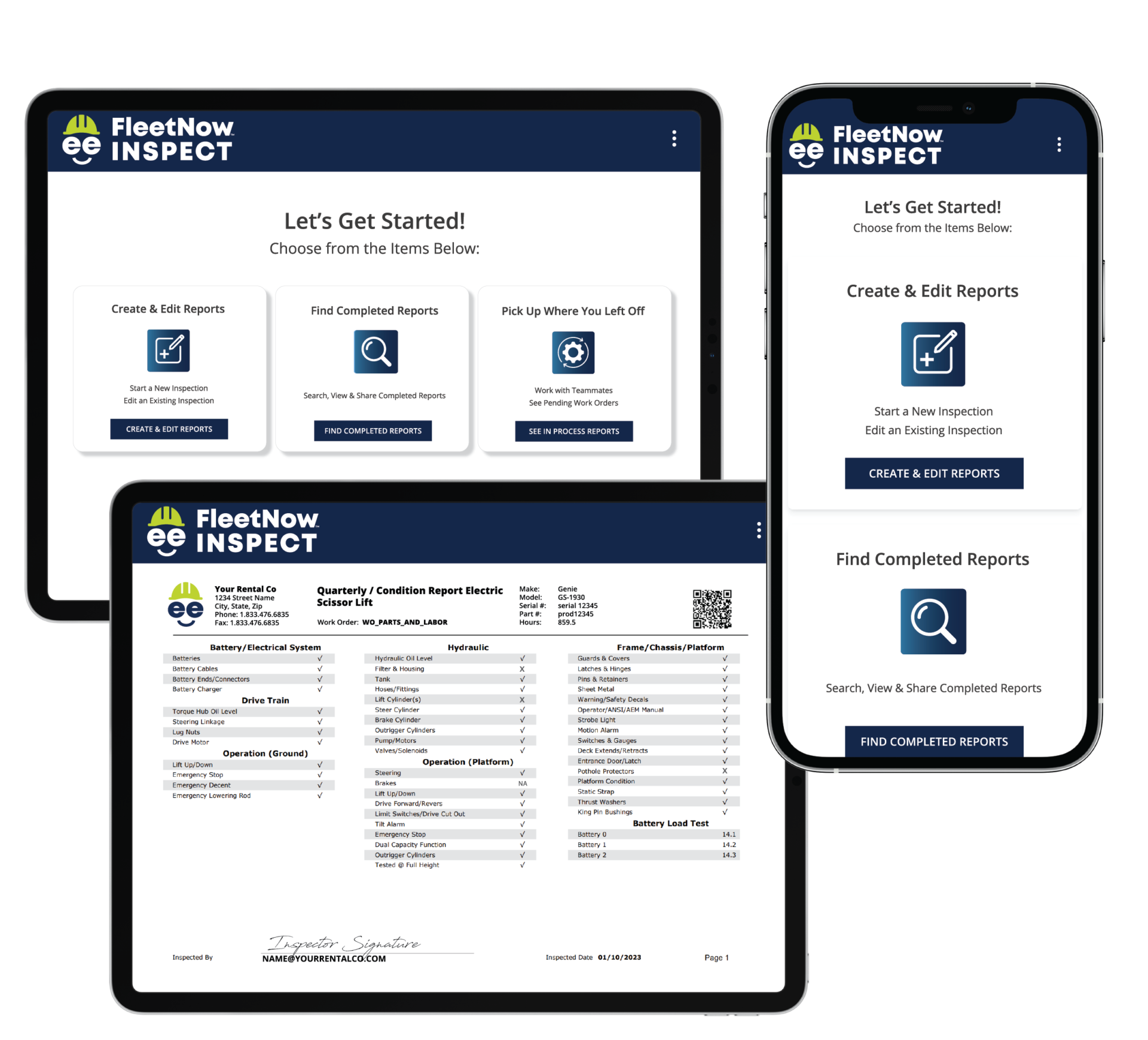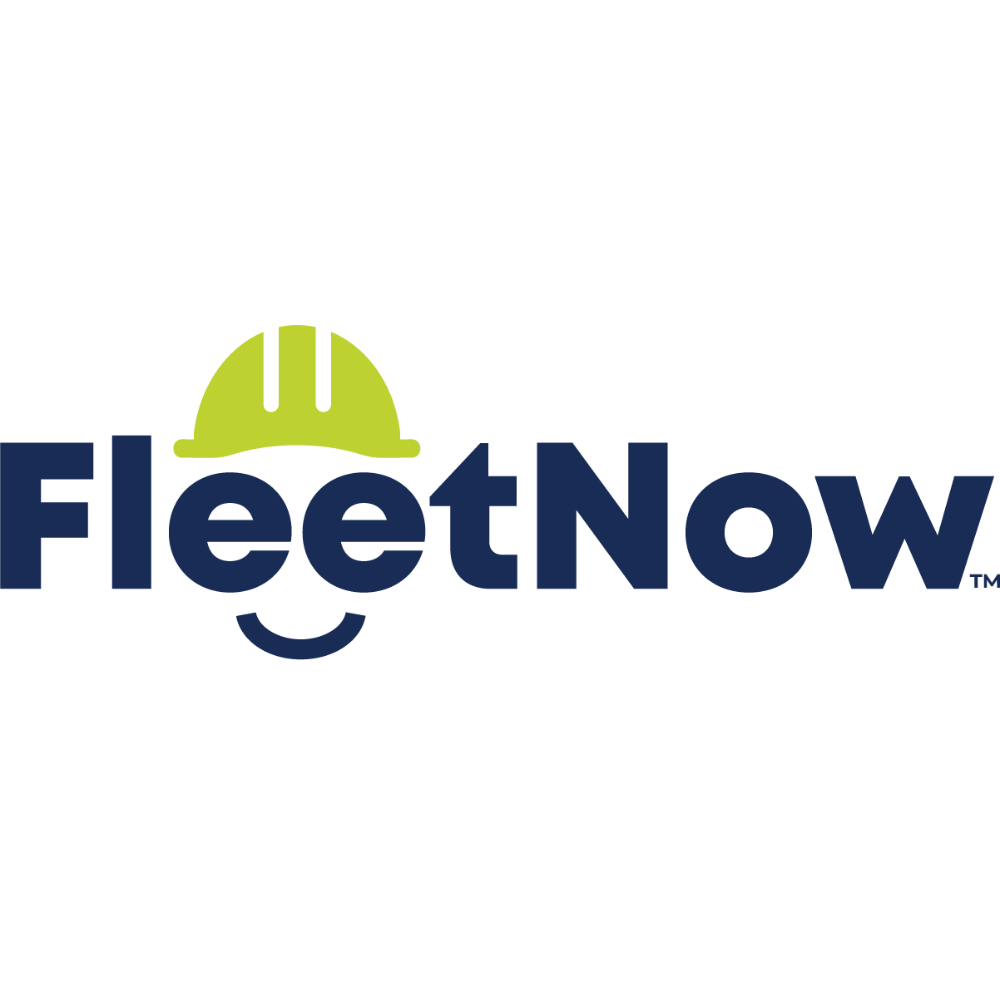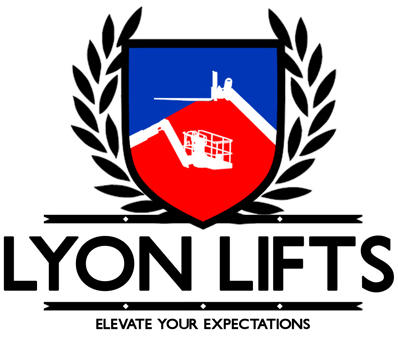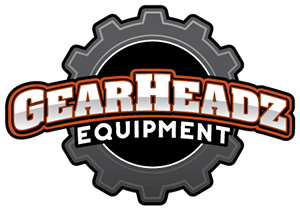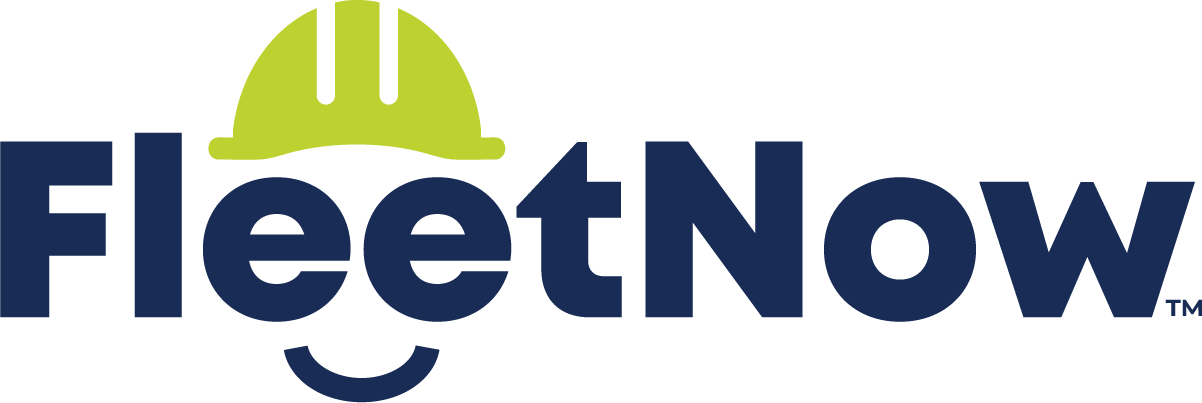Aerial Equipment FAQs: Unveiling the Basics of Aerial Construction Equipment
Aerial construction equipment plays a crucial role in various industries, providing a dependable means to work safely at elevated heights. Below are some of the most frequently asked questions (FAQs) surrounding aerial equipment.
What is aerial construction equipment?
Aerial construction equipment encompasses a variety of machines designed for working at elevated heights. These machines are equipped with platforms or buckets that enable safe access to elevated workspaces. Common types include scissor lifts, boom lifts, and mast lifts.
What are the primary applications of aerial equipment?
Aerial equipment finds utility in various industries, including construction, maintenance, tree trimming, electrical work, painting, and more. It facilitates safe access to elevated areas that may otherwise be challenging to reach.
Do you have a preferred brand of aerial equipment? Why?
We asked the aerial lift experts at Lyon Lifts about their favorite aerial equipment brands. Lyon Lifts specializes in heavy equipment sales across North America. Here is what they had to say about aerial equipment brands; “We usually work with the main brands (Genie, JLG, Skyjack, Skytrak, JCB, Manitou) just because it’s a lot easier for our clients to source parts and get them serviced if they don’t have the capacity to do it in house. We don’t really have a preferred brand. We leave it up to our clients’ preference and we work to supply the brand/model that they like and that they are looking for. Thanks to our large sales volume, we have access to all brands and capacities, which means we can always find a machine that meets our customers’ requirements.”
What are the different types of aerial equipment available?
Aerial equipment comes in various types, including:
Scissor Lifts: Ideal for indoor applications and tasks requiring a stable platform.
Boom Lifts: Suitable for reaching high, awkward-to-access areas, both vertically and horizontally.
Articulating Boom Lifts: Known for their versatility, they provide access to tight spots with articulating arms.
Telescopic Boom Lifts: Designed for extended reach, making them useful for high and distant work areas.
Vertical Mast Lifts: Offer compact solutions for indoor tasks with limited space.
What are the typical reach ranges of aerial equipment?
The reach range of aerial equipment varies depending on the type and model. Here are some general guidelines:
Scissor Lifts: Typically provide vertical reach up to 40 feet.
Boom Lifts: Can reach heights ranging from 30 to over 180 feet, depending on the model.
Articulating Boom Lifts: Reach heights from 40 to 150 feet with flexibility.
Telescopic Boom Lifts: Offer heights of 40 to 185 feet, with extended horizontal reach.
Vertical Mast Lifts: Provide vertical reach up to 40 feet for indoor tasks.
What is a cherry picker?
A cherry picker is another name used for a boom lift. They are used to lift people and equipment to work at heights. They consists of a hydraulic or mechanical crane with a platform (also called a “basket” or “cherry picker”) attached to the end of an extendable boom.
How do I determine which type of aerial equipment is suitable for my project?
We asked the aerial lift experts at Lyon Lifts how they help customers find aerial equipment that is best suited for their specific job, they said, “…several criteria will determine which type is best for a given project. Typically, we’ll ask our clients what they plan on using the lift for, how high they need to reach, how much real estate they have to move the machine on the site, what kind of ground will the machine be used on, how often they need to move it from site to site, and if they have a way to haul the machine around. From there, we can narrow down options that are best fitted for their application. We want to make sure we provide the most efficient solution for each client’s needs.”
What safety precautions should I take when using aerial equipment?
Prioritizing safety is paramount when operating aerial equipment. Always wear the necessary personal protective equipment (PPE), adhere to manufacturer guidelines, conduct regular equipment inspections, and ensure operators are trained and certified.
Do I need a special license or training to operate aerial equipment?
Yes, operators of aerial equipment typically require specialized training and certification to ensure safe and efficient usage. Training programs are available through manufacturers, equipment rental companies, or specialized training providers.
Can aerial equipment be used indoors and outdoors?
Many aerial equipment models are versatile and suitable for both indoor and outdoor use. However, it’s essential to consider factors like terrain, ground conditions, and environmental factors when selecting the equipment for a particular job.
When deciding which aerial equipment is best for your job, it is important to consider power source. Most indoor scissor lift models, for example, are electric machines. They’re operated with a battery that requires charging. Indoor scissor lifts also are designed for operation on smooth surfaces like finished flooring like concrete, warehouses, and asphalt. Oppositely, most outdoor scissor lift models are diesel-powered machines. Outdoor scissor lifts are typically labeled as “rough terrain” models and can operate on non-level terrain.
How often should I perform maintenance on aerial equipment?
Routine maintenance is vital to ensure the safety and longevity of your aerial equipment. Following the manufacturer’s recommended maintenance schedule and conducting daily pre-operation inspections are essential practices.
Can aerial equipment be rented or purchased?
Aerial equipment can be acquired through both rental and purchase options. The choice depends on factors such as the project’s duration, frequency of use, and budget. Renting is a cost-effective option for short-term projects, while purchasing may be more economical for long-term needs.
Where can I purchase aerial equipment?
Aerial equipment can be purchased through online marketplaces, like FleetNow, or heavy equipment dealers like Lyon Lifts and Gearheadz.

